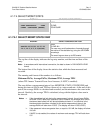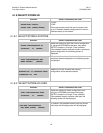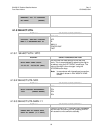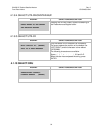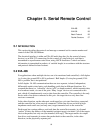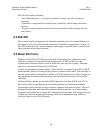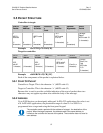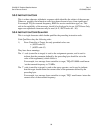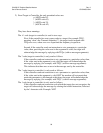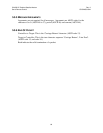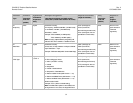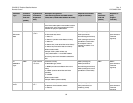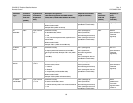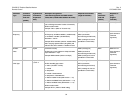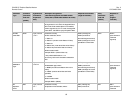CiM-550 IP Enabled Satellite Modem Rev. 2
Serial Remote Control CD/CIM550.IOM
58
5.5.3 INSTRUCTION CODE
This is a three-character alphabetic sequence which identifies the subject of the message.
Wherever possible, the instruction codes have been chosen to have some significance.
For example TFQ for transmit frequency, RMD for receive modulation type, etc. This
aids in the readability of the message, should it be displayed in its raw ASCII form. Only
upper case alphabetic characters may be used (A-Z, ASCII codes 65 - 90).
5.5.4 INSTRUCTION CODE QUALIFIER
This is a single character which further qualifies the preceding instruction code.
Code Qualifiers obey the following rules:
1) From Controller to Target, the only permitted values are:
= (ASCII code 61)
? (ASCII code 63)
They have these meanings:
The ‘=’ code (controller to target) is used as the assignment operator, and is used to
indicate that the parameter defined by the preceding byte should be set to the
value of the argument(s) which follow it.
For example, in a message from controller to target, TFQ=070.0000 would mean
‘set the transmit frequency to 70 MHz.
The ‘?’ code (controller to target) is used as the query operator, and is used to indicate
that the target should return the current value of the parameter defined by the
preceding byte.
For example, in a message from controller to target, TFQ? would mean ‘return the
current value of the transmit frequency.



